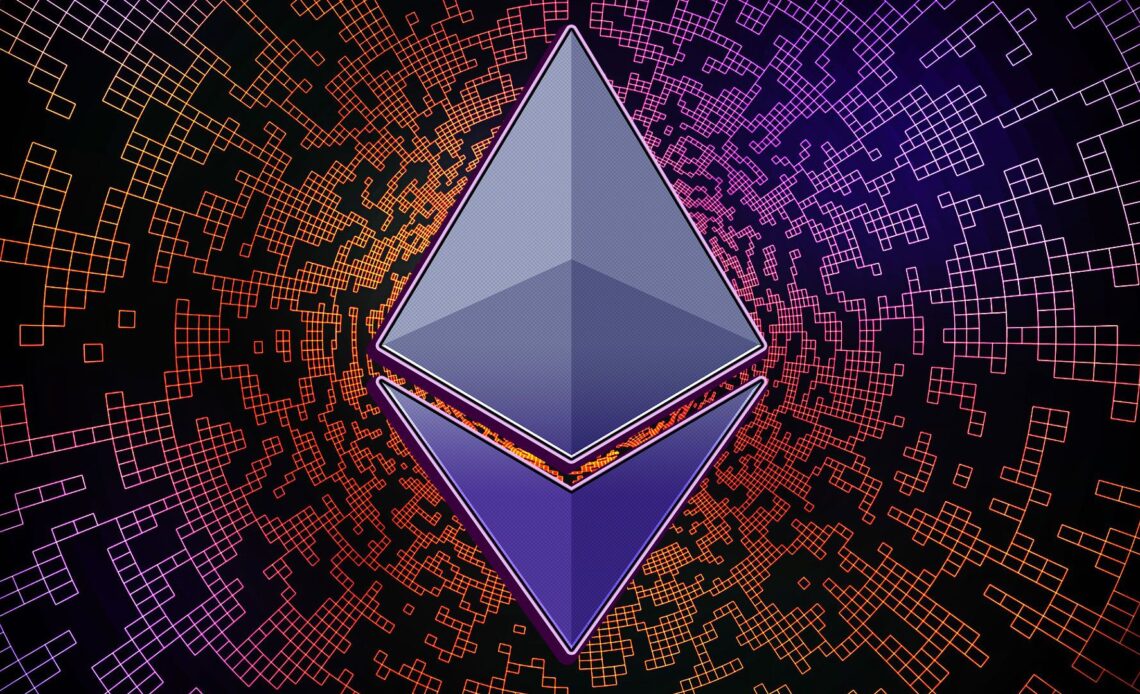On Thursday, September 14, Ethereum protocol developers made a last-minute decision to include an additional code change in the forthcoming Cancun/Deneb upgrade as a stopgap to the issue of validator set size growth. The short timeframe under which this decision was made has sparked controversy in the Ethereum community. Anthony Sassano, the creator of Ethereum-focused media site The Daily Gwei, said the decision “needed a lot more discussion, research, and thought.” Ryan Berckmans, founder of Ethereum payments app 3cities, tweeted that in his view the situation was not urgent enough to warrant a change to the Cancun/Deneb upgrade.
Christine Kim is a Vice President on the Research team at Galaxy Digital. This op-ed, part of CoinDesk’s “Staking Week,” is based on information and data from a Galaxy Research report called “Paths Toward Reducing Validator Set Size Growth.” To read the full report, visit galaxy.com/research.
Though it only took one week for Ethereum protocol developers to come to consensus about making a change to Cancun/Deneb, the larger issue of Ethereum’s validator set size growth has been a major topic of discussion and concern among developers for months. On July 13, when the proposal to cap the validator churn limit in Cancun/Deneb was first raised by “Dapplion,” a pseudonymous developer for the Lodestar client, on ACDC #113, developers acknowledged the time-sensitive nature of the matter. “The [validator attestation] aggregation is almost at its capacity today. If we drop more validators on the network, it can really get worse,” said Mikhail Kalinin, a developer for the Teku client, on the call.
During testing for a new Ethereum test network called Holesky, developers noticed that at 2.1 million validators, which was three times the size of Ethereum’s mainnet validator set at the time, the testnet struggled to finalize due to an excessive number of attestations (messages) being propagated through Ethereum’s peer-to-peer network. Eventually, developers settled on designing Holesky to support two times the size of Ethereum’s mainnet validator set, or 1.4 million validators. Once Holesky launches, it will be an invaluable resource for developers to monitor and assess both the health of Ethereum, as well as future code changes, on a large…
Click Here to Read the Full Original Article at Cryptocurrencies Feed…
























